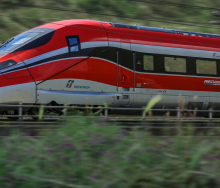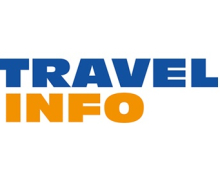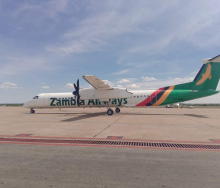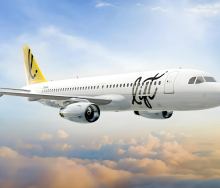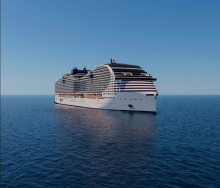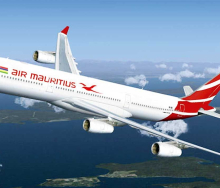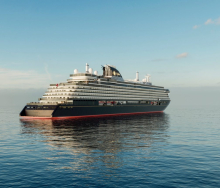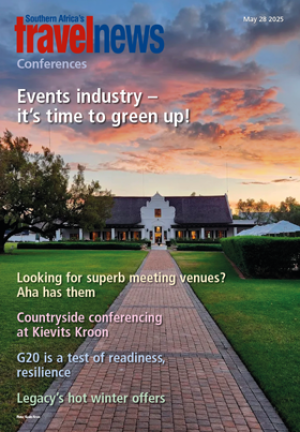Travel advisers are under pressure. In the current distribution environment, many feel they’re competing with airlines rather than working alongside them as partners.
This is by no means unique to the travel industry. Across the world we’re seeing companies take a closer look at how they can manage their distribution costs, while trying to take ownership of customers – with mixed results. Where Apple succeeded, Adidas failed – and we only need to look at American Airlines having to walk back their policy decision to force the NDC upon agents to see that airlines are starting to gain a stronger appreciation of the value of the travel agent as part of the distribution of their products and services.
While airlines may have valid reasons for their evolving commercial strategies, the outcomes have been messy and have created a tough operating environment for the trade.
Travel companies are having to work harder than ever to secure and service airline bookings. The systems that used to support streamlined, integrated workflows have become fragmented. Advisers are forced to use a mix of channels to access fares and content, often having to juggle between as many as four different platforms, adding to costs, leading to inefficiencies and frustration and possible costly errors.
Asata has been involved in discussions about NDC since its inception. I’ve personally represented the industry in various IATA workgroups and participated in GDS-led roundtables across the world.
While the promise of NDC was better and richer content, its implementation has been deeply problematic and fraught with complications. The reality is that almost 20 different versions of NDC have been released. The most widely adopted versions range from 17.2 (released in 2017) to 21.3 (released in 2021). And not all airlines are using the standard in the same way. What we have is a standard that hasn’t been standardised.
Today, advisers have to access content across blended XML/EDIFACT-based GDS systems, NDC-only enabled platforms, new entry third-party aggregators, and direct airline portals. And of course, they're forced to check airline websites as this is where their customer is likely to go to compare fares. It’s advisers who are bearing the brunt of this fragmentation. They didn’t ask for it, but they are the ones who have to deal with it.
And this could have been avoided. There were opportunities to engage more meaningfully with the trade during the early stages of NDC’s development and roll-out. Asata flagged concerns right from the outset, particularly around the impact on workflows, content access, and servicing. Unfortunately, these concerns weren’t taking into consideration, and the resulting ‘standard’ now has to be retrofitted to meet the needs of the industry.
The bottom line is that the reality we find ourselves in isn’t going to go away in a hurry. But there is hope.
Now, the focus is shifting to a broader framework: Modern Airline Retailing (MAR) – which is the ultimate core strategy and goal of the airlines and why they needed to implement NDC. But this time, it would appear that, at least, the GDSs are ‘at the table’. Our role is still being carved out by the powers that be, but we are working on it through every channel available to us.
This new model is based on offers and orders (which needed NDC to deliver it), aiming to simplify how travel is sold and managed. It envisages a world where personalised offers can be created and managed more flexibly. There’s also hope that the move to this model will address some of the long-standing pain points in the industry, such as the persistent issue of ADMs.
But it’s critical that any future system ensures transparency and avoids shifting risk unfairly on to agents, because what we are experiencing through the current disjointed implementation, effectively penalises us and consumers who choose to book through travel consultants. This goes against the principles of fair competition and transparency. We must ensure that agents have equal access to content and that fare rules, policies, and treatments remain consistent across all distribution channels.
Another key concern for me, that must be addressed in this shift, is what it means for the BSP. If the agent/principal model is to remain, then the way money flows through the system will be as important as how content is distributed. Asata is actively engaged in discussions about how payments and settlement will be handled under this new model, and we’re watching this closely.
It’s also encouraging to see that GDSs are now playing a more active role in shaping how NDC is delivered to the trade. Unlike the birth of NDC, the GDSs are now front and centre with the development and roll-out of the next generations of NDC and MAR.
There’s still a long way to go, and the system remains far from perfect.
Asata will continue to push for a fair and functional distribution model – one that works not just for airlines but the entire travel eco-system. We won’t get there overnight, but with strong representation at the table, we intend to hold the industry to account and push for solutions.




